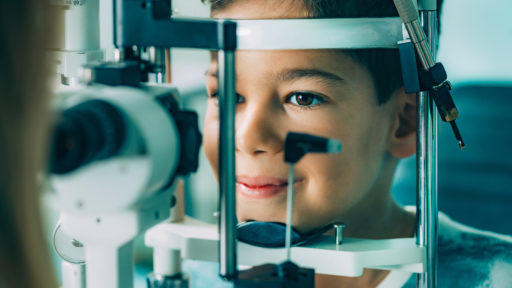Ectropion means that the lower eyelid is “rolled out” away from the eye, or is sagging away from the eye. The sagging lower eyelid leaves the eye exposed and dry. If ectropion is not treated, the condition can lead to chronic tearing, eye irritation, redness, pain, a gritty feeling, crusting of the eyelid, mucous discharge, and breakdown of the cornea due to exposure
What Causes Ectropion?
Generally the condition is the result of tissue relaxation associated with aging, although it may also occur as a result of facial nerve paralysis (due to Bell’s palsy,stroke or other nurologic conditions), trauma, scarring, previous surgeries or skin cancer.
What Are The Symptoms?
The wet, inner, conjunctival surface is exposed and visible. Normally, the upper and lower eyelids close tightly, protecting the eye from damage and preventing tear evaporation. If the edge of one eyelid turns outward, the two eyelids cannot meet properly and tears are not spread evenly over the eye. Symptoms may include excessive tearing, chronic irritation, redness, pain, a gritty feeling, crusting of the eyelid and mucous discharge.
Can Ectropion Be Repaired?
Yes, ectropion can be repaired surgically. Most patients experience immediate resolution of the problem once surgery is completed with little, if any, post-operative discomfort. After your eyelid heals, your eye will feel comfortable and be protected from corneal scarring, infection, and loss of vision.
Who Should Perform The Surgery?
When choosing a surgeon to perform ectropion repair, look for a cosmetic and reconstructive facial surgeon who specializes in the eyelids, orbit, and tear drain system. Your surgeon’s membership in the American Society of Ophthalmic Plastic and Reconstructive Surgery (ASOPRS) indicates he or she is not only a board certified ophthalmologist who knows the anatomy and structure of the eyelids and orbit, but also has had extensive training in ophthalmic plastic reconstructive and cosmetic surgery.

